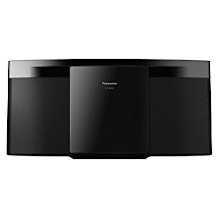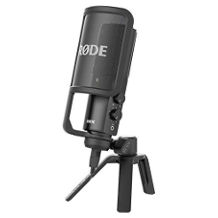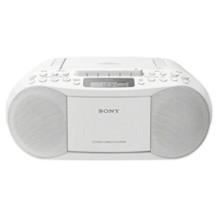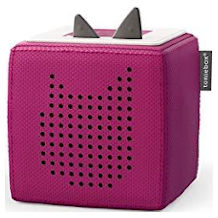CD player purchasing advice: how to choose the right product
- The most important facts in a nutshell
- With a CD player, you can always enjoy your favourite music in the best quality.
- There are stand-alone players, CD player components for hi-fi systems, portable CD players and models specially designed for children.
- Compact stand-alone units are practical for flexible use – especially if they can be operated both by cable and with batteries.
- Interesting additional functions such as a sleep timer, a dimmable display or an alarm clock add value to a CD player.
- Models for children are easy to operate thanks to large, straightforward buttons. Integrated microphones and recorders offer a fun way to pass the time.
CD player: Always hits the right note
Music is part of everyday life for most people. Whether at home brushing our teeth, cooking or tidying up, at work or on the road – music accompanies us, intensifies our mood or helps us to block out the outside world and concentrate better. This important role that music plays for many is reflected in the growing number of audio streams, but also in record and CD sales, which have remained at a high level in recent years despite competition from streaming services.
For example, according to the Swiss Music Newspaper, the number of audio streams grew by about 40 per cent in 2018 compared to the previous year, reaching an all-time high of 79.5 billion views. Although the figures for CD sales fell at the same time by about 23 per cent to 48.2 million – the compact disc nevertheless remains the second most important medium in the music industry.
If you swear by the good sound quality of CD playback and don’t want to let your home CD collection gather dust, you need a CD player. There is a suitable model for every purpose – whether for a hi-fi system or for mobile use. Handy devices are particularly practical, for example, if they are to be used in different rooms. Wireless models are suitable for the construction site, the park or the beach. And for music lovers who never want to do without their CDs, the Discman is a device for on-the-go use.
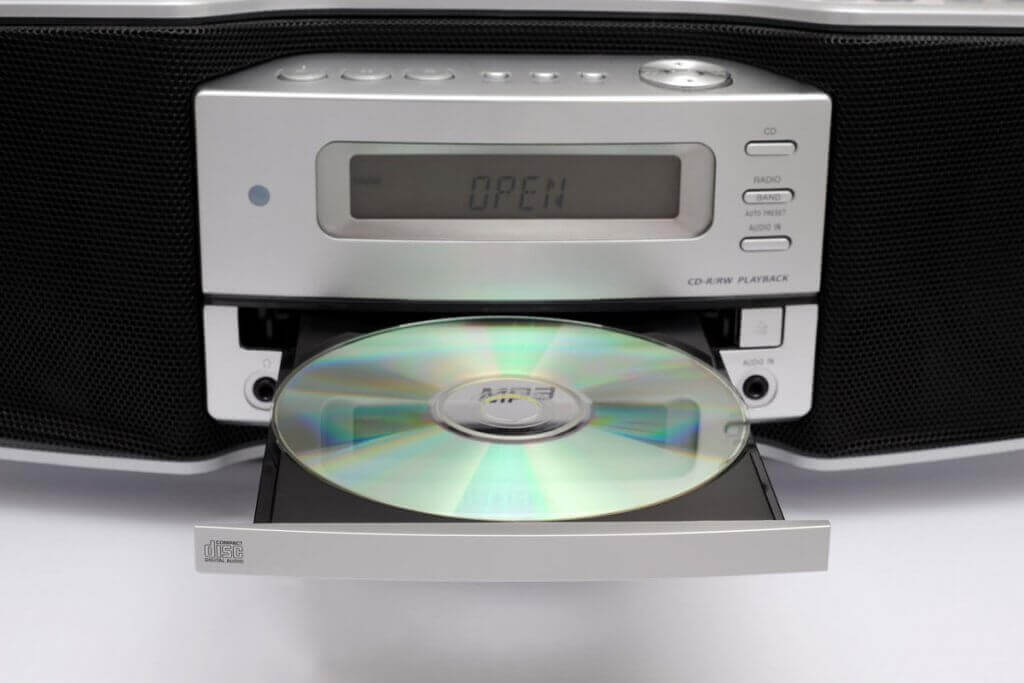
How does a CD player actually work?
A CD player makes the CD rotate and reads the surface of its underside with a fine laser beam. The laser beam is reflected and received by a sensor. This signal changes through indentations in the aluminium layer where the CD’s data is stored. The laser and the light sensor are built into a unit that moves back and forth on a carriage underneath the CD in order to be able to control every position on the CD. The carriage is driven by a motor through a worm shaft; another motor moves the CD. In a CD player with an automatic drawer, a third motor is used to open and close the drawer.
Almost 40 years of music enjoyment
The first commercial CD player came on the market on 1 October 1982. At the same time, the first CD hit the shops: 52nd Street by Billy Joel.
The different types
CD players come in a wide variety of shapes and colours, so there is a model to suit every taste and need. For mobile music enjoyment, either compact stand-alone units or portable versions are used. Hi-fi systems, CD decks and DVD or Blu-Ray players, which are also suitable for playing audio CDs, are ideal for home use. In addition, special CD players for children are available that are particularly easy to use, colourful and robust.
Hi-Fi CD player
As an integral part of the hi-fi system in the living room, the CD player visually matches any hi-fi tower. Since the connections are mostly standardised, devices from different manufacturers can usually be combined here. A hi-fi tower consists of various components such as a record player, radio, MP3 player, DVD player and CD player, all of which are connected to an amplifier, such as an AV receiver.
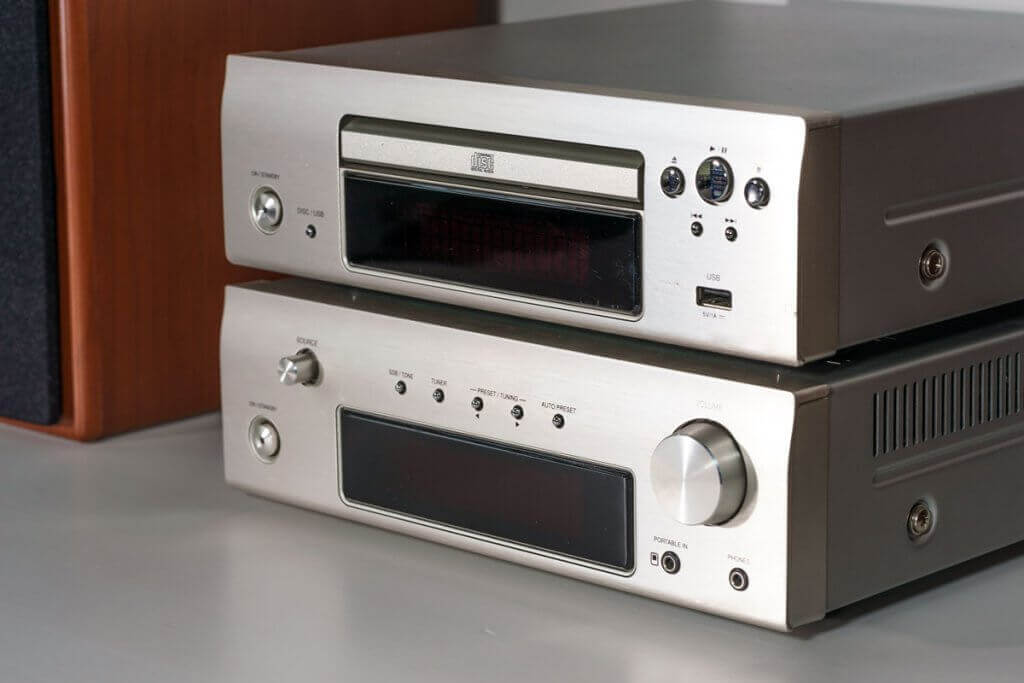
Make sure that the CD player in this system is placed horizontally and stably. This is especially true for anyone who likes to listen to music loudly. The sound waves can otherwise cause the unit to wobble, disrupting the reading of the CD in the drive. A hi-fi CD player is therefore suitable for music lovers who already have a hi-fi system or are planning to buy a new one. If you value good sound quality, you should choose high-quality speakers with a well-balanced sound. The arrangement of the speakers in the room also plays a major role in the acoustics and should ideally always be sounded out from where you normally sit.
Stand-alone CD player
Stand-alone players are divided into portable CD players with loudspeakers, also known as gettoblasters, and micro-compact systems, which are similar to hi-fi systems but consist only of a CD player and two stereo speakers and are designed for mains operation with a power cable.
Gettoblaster
Compact models such as the ghetto blasters popular in the 1980s usually consist of a radio and a CD player. For nostalgics with a collection of radio plays or mixtapes, the units with a cassette deck are particularly interesting. Gettoblasters are lightweight and can be taken anywhere, such as to the park, garden or school playground. Meanwhile, most radio CD players not only receive the classic FM waves, but also DAB+ – the digital variant for good music quality. Some models even have a WLAN radio.
Thus, this type of stand-alone CD player is an interesting alternative for consumers who want to be flexible and are looking for a compact device. Unlike a portable CD player, a ghetto blaster not only provides sound for one’s own ears, but also for the surrounding area, if desired.
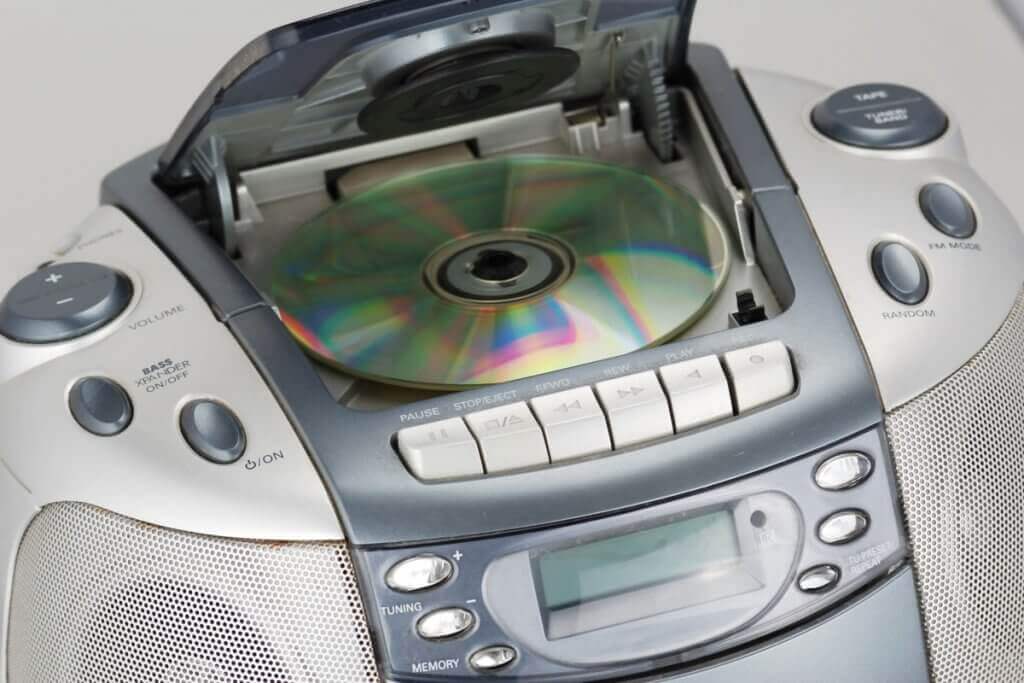
Compact system
In addition to portable boomboxes, there are also stand-alone players that resemble a hi-fi system. They have a CD drive, usually an additional FM radio tuner – new models also have an additional DAB+ tuner – and more rarely a cassette deck. In addition, these models, also known as micro-systems or compact systems, have two stereo speakers.
Portable CD player
If you prefer to enjoy music on your own and listen to CDs on the bus, for example, it is best to use a portable CD player.
The best-known version is still the Discman today. It is the successor to the portable cassette player that many associate with the brand name Walkman, and the predecessor of the MP3 player. Some models can not only play CDs, but are also compatible with home-burned audio CDs as well as MP3 CDs.
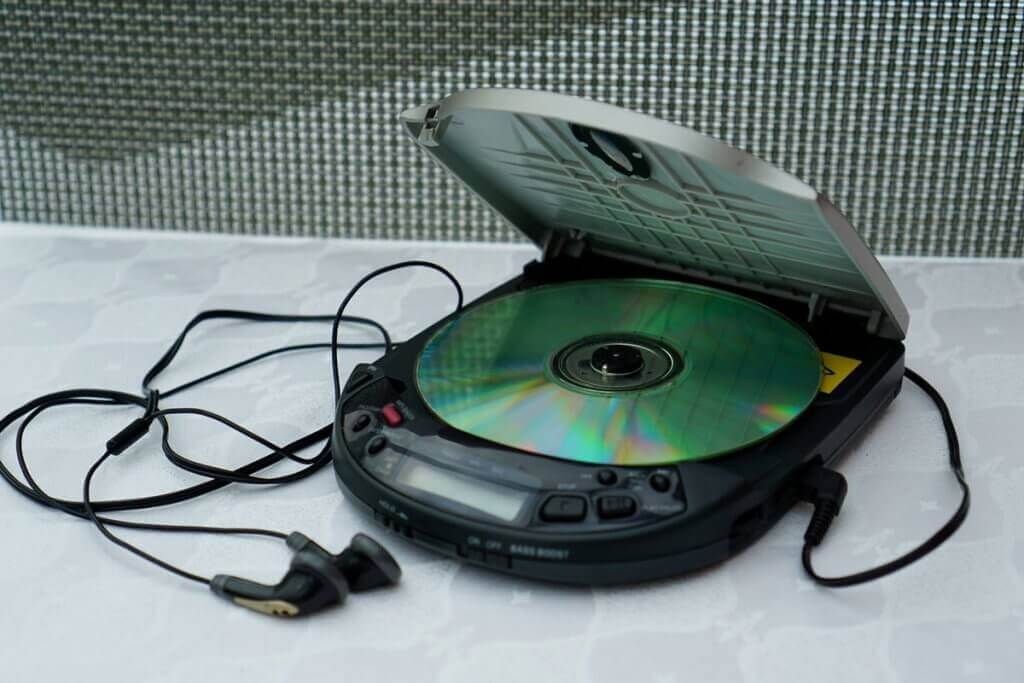
Children’s CD player
There is a whole range of CD players for children. They are easy to recognise because they usually have a child-friendly, colourful design. Operation is particularly easy thanks to large buttons. Many devices also allow children to record their own singing with one or two integrated microphones and a CD recorder. Many models can even be operated with batteries and are therefore also suitable for travelling. Another practical feature is a headphone jack, which makes children’s CD players ideal for travelling by car or train.
What is important when buying a CD player?
Deciding on a particular type of CD player is the first step. The second step is to consider several other aspects, including size and weight, speakers, compatibility, number of connections, power supply and range of functions.
Size and weight
Most important is the question of size and weight for portable CD players as well as compact systems that are to be used flexibly. Portable CD players should be as small and light as possible so that they fit easily into a pocket or rucksack. Lightweight models that can be carried in a bicycle basket, for example, are also often favoured for compact systems. A handle on the top is particularly practical. For hi-fi systems, however, size and weight play only a subordinate role. Here, the size of the CD player is of visual importance at best.
Loudspeakers
The integrated loudspeakers are only relevant for compact systems and children’s CD players. After all, portable CD players play music through headphones and hi-fi units are usually connected to external loudspeaker boxes or soundbars. Of course, the built-in speakers in compact CD players cannot compete with such loudspeaker boxes. However, if a good sound is important to you, you should pay attention to the quality of the speaker boxes.
Compatibility
CD players naturally play all common audio CDs. This includes both recordable CD-Rs and rewritable CD-RWs. Some devices, especially for hi-fi systems, also support DVDs and Blu-Rays for playing films or the MP3 and WMA formats for digital music files. FLAC files (Free Lossless Audio Codec) provide lossless music enjoyment.
Connections
Depending on the use of the CD player, other connections are essential. The most common are the following:
Jack connector: The common 3.5 mm jack connector is mainly found on portable CD players for connecting headphones. Hi-fi equipment, on the other hand, often has a 6.35 mm jack output.
Cinch: A Cinch connector is a standardised coaxial plug connection between the CD player and a distributor or amplifier. Usually, this connector consists of a red and a white plug, which are responsible for the left and right stereo channels, respectively.
TOSLINK: As an alternative to the Cinch plug, a cable with optical signal transmission can be used. In contrast to the Cinch plug, only one plug is needed here. TOSLINK was developed by Toshiba. Sony and Philips have jointly developed a similar cable – the SPDIF.
USB: If the CD player is compatible with MP3 and even MP4 formats, corresponding storage media can be connected via a USB port and the music files stored on them can be played.
Bluetooth: A few models even have a Bluetooth function that allows digital music files to be played via the CD player. For this purpose, smartphones or tablets can be connected to the CD player so that the device functions as a loudspeaker.
LAN or WLAN: A network connection enables the CD player to stream internet radio. This way, you can always find a radio station that plays your favourite music or a report that entertains you. Listening to foreign language radio stations can also be helpful when learning a new language.
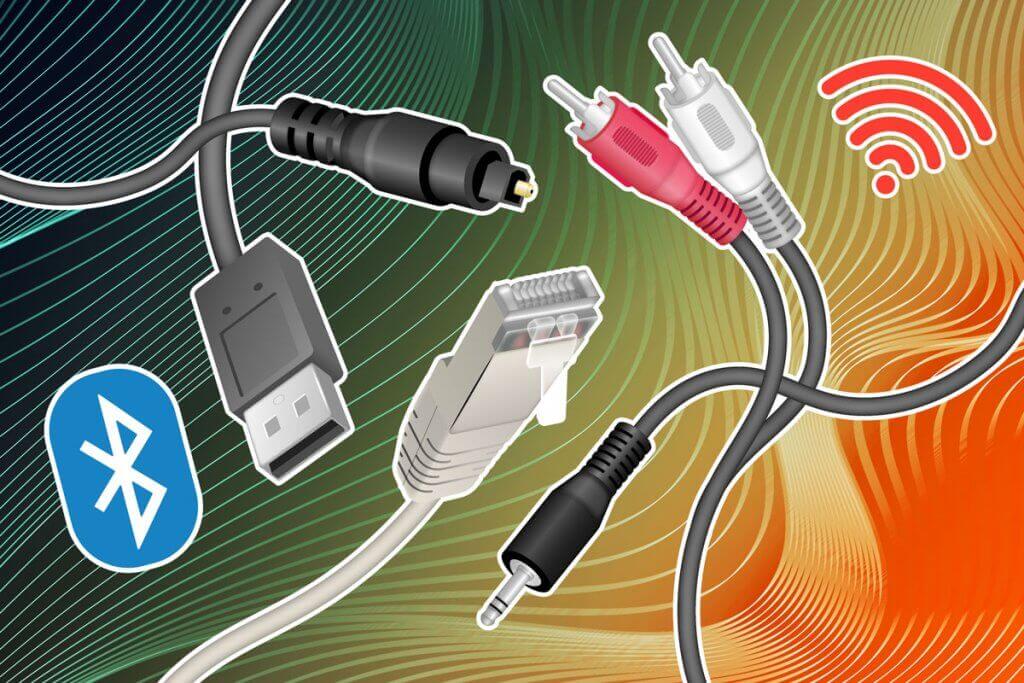
Power supply
The power supply also depends on how and where the CD player is used. In a hi-fi tower, a wired device is the best choice, whereas battery operation is more suitable for mobile use, such as portable CD players. Make sure you always have spare batteries with you so that your musical enjoyment does not come to an abrupt end. Alternatively, and from an environmental point of view, the use of rechargeable batteries is recommended. Especially with compact devices, it is practical if both options are possible. This way, music can be played at home via a cable to save battery power, and for the garden party, it is easy to switch to battery operation.
Features and functions
Many models can be operated with a remote control. This is particularly practical if the CD player is permanently installed – for example, in a hi-fi tower or on a wall mount. There are also models that can be controlled via an app. For people who already have many remote controls, this is certainly an attractive alternative.
Furthermore, there are interesting additional features that can be important in the decision-making process. Some CD players, for example, have a dimmable LC display. For light-sensitive consumers, this can be an argument if they want to listen to some music or an audio book while falling asleep. Some displays even show the artist or the title of the song being played.
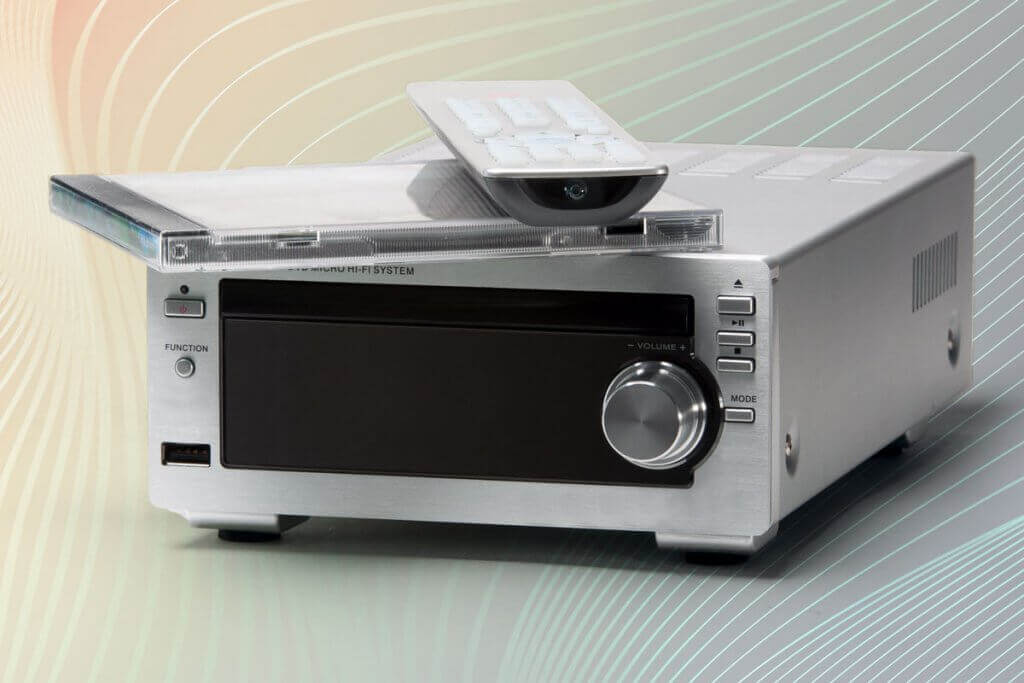
A sleep timer is particularly practical: thanks to this function, the CD player switches off automatically after a preset time. To minimise power consumption, some models automatically dim the display light after a while or switch off. For anyone who wants to be gently woken up, there is also a model with an alarm clock function. It plays the inserted CD or switches on the radio at the set time. Some devices also start particularly quietly so that the wake-up is gentle and gentle on the nerves.
What to do if the CD player stops working?
The most common cause of audio dropouts is dust that has accumulated in the drive. Even the finest layer of dust can prevent the laser lens from reading the CD. This can be remedied with a damp cloth. Disconnect the CD player from the power supply beforehand and carefully clean the drive. The laser can be cleaned gently with a damp cotton swab. In addition to this manual cleaning, there are special cleaning CDs with small bristles on the underside that clean the drive.

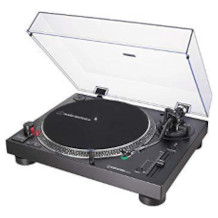
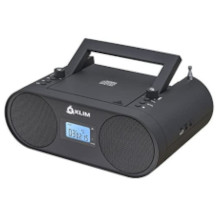
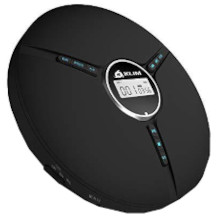
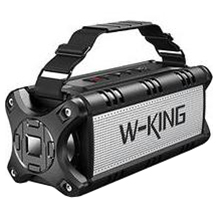
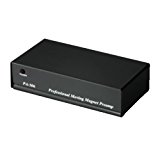
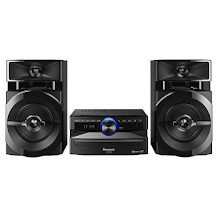
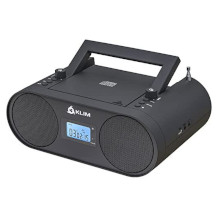
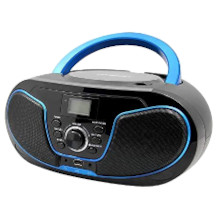
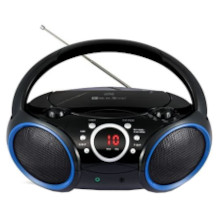
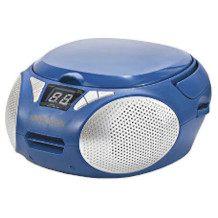
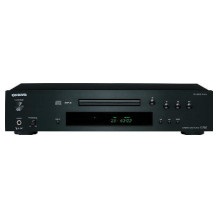

 1,404 reviews
1,404 reviews


